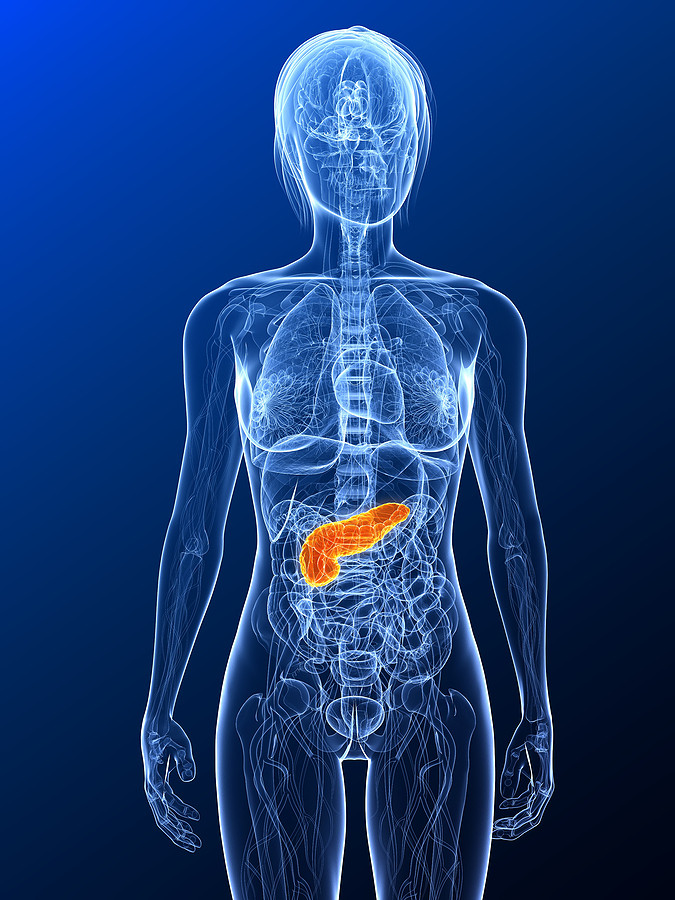Harvard Health Blog
“Bionic pancreas” could help people with type 1 diabetes control blood sugar

I take my pancreas for granted. When I eat, it pumps out insulin. This hormone helps blood sugar get into my cells. When I haven’t eaten for a while, my pancreas makes another hormone called glucagon that prevents my blood sugar from dropping too low.
People with type 1 diabetes don’t have this luxury. But someday they may, thanks to a bionic pancreas developed at Boston University and Massachusetts General Hospital.
In an early test of the device, reported online this week in the New England Journal of Medicine, it helped control blood sugar levels in 20 adults and 32 teenagers with type 1 diabetes who went about their daily lives without the constant monitoring and injecting that’s required with type 1 diabetes.
Right now, this artificial pancreas is essentially an app that runs on an iPhone wirelessly connected to a monitor worn on the abdomen that continually checks blood sugar and two pumps, one for insulin and one for glucagon.
The system work like this: The app on the phone tracks blood sugar. When blood sugar begins to rise, the app signals one pump to release insulin. If blood sugar falls too low, it signals the other pump to release glucagon. This is basically what happens in a healthy body.
Managing type 1 diabetes now and in the future
Type 1 diabetes is what’s known as an auto-immune disease. It occurs when the body mistakenly attacks and destroys healthy cells in the pancreas that make insulin and glucagon. People with type 1 diabetes must constantly check their blood sugar and give themselves insulin. Until recently, checking was done by pricking a finger and placing blood on a small strip inserted in a meter, and insulin was administered with a shot. Today, more and more people with type 1 diabetes are checking blood sugar using a sensor worn on the abdomen and delivering insulin through an implanted pump.
Researchers Edward Damiano, an associate professor of biomedical engineering at Boston University, along with Steven Russell, an assistant professor of medicine at Harvard-affiliated Massachusetts General Hospital, and other colleagues used these components to build their prototype. They have begun a second round of testing, and hope to have a more sophisticated version on the market in five years.
For Damiano, the work is personal: he as a 15-year-old son who has had type 1 diabetes since he was a baby.
Many researchers around the world are searching for a way to cure type 1 diabetes. There’s still no end in sight in that search. But the development of a bionic pancreas represents a bridge that would let people with type 1 diabetes control their blood sugar with less hassle, and more safely, than they do now.
About the Author

Howard E. LeWine, MD, Chief Medical Editor, Harvard Health Publishing; Editorial Advisory Board Member, Harvard Health Publishing
Disclaimer:
As a service to our readers, Harvard Health Publishing provides access to our library of archived content. Please note the date of last review or update on all articles.
No content on this site, regardless of date, should ever be used as a substitute for direct medical advice from your doctor or other qualified clinician.















